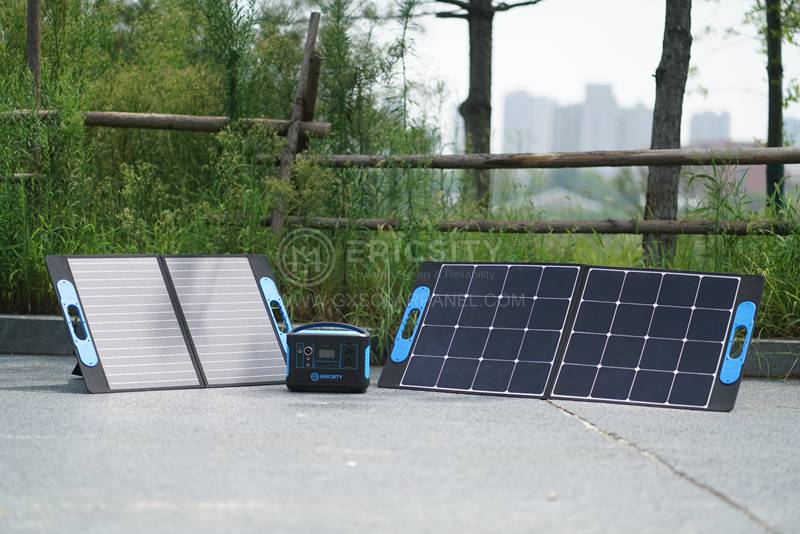HOT PRODUCT
Product Details
amorphous Flexible Solar Panels For Sustainable Farming
Title: Amorphous Flexible Solar Panels for Sustainable Farming
Introduction
In recent years, there has been a growing global demand for sustainable farming practices to ensure food security while minimizing the negative impacts on the environment. Among the various innovative solutions available, amorphous flexible solar panels have emerged as a promising technology that can contribute to sustainable farming. These panels offer numerous advantages, including flexibility, lightweight construction, and increased energy efficiency. This article explores the applications, benefits, and potential challenges associated with incorporating amorphous flexible solar panels in agriculture.
Applications in Agriculture
Amorphous flexible solar panels can be easily integrated into various agricultural applications. One such application is solar-powered irrigation systems. Traditionally, farmers have relied on conventional electricity or diesel-powered pumps to extract water. By using flexible solar panels, farmers can harness renewable solar energy to power water pumps and irrigation systems, thereby reducing reliance on fossil fuels and reducing greenhouse gas emissions.
Another potential use is in the installation of solar panels on greenhouse roofs. These solar panels can generate electricity to meet the energy demands of lighting, ventilation, and irrigation systems within the greenhouse. Moreover, the flexible nature of these panels allows for efficient utilization of the vertical space in greenhouses, making them an attractive option for maximizing energy production while minimizing the land footprint.
Benefits for Sustainable Farming
The integration of amorphous flexible solar panels in farming practices brings several benefits to the table.
1. Increased Energy Efficiency: Amorphous flexible solar panels are designed to capture sunlight from both direct and indirect angles. This feature allows them to generate electricity even on cloudy days, making them more efficient than traditional crystalline solar panels. As a result, farmers can generate a higher amount of electricity over a given area, facilitating greater energy independence and reducing reliance on the grid.
2. Flexibility and Adaptability: Flexible solar panels can bend and conform to irregular surfaces, enabling their application in a wide variety of environments. This flexibility allows farmers to install these panels in unconventional spaces such as fields, livestock shelters, and fences, maximizing their energy-harvesting potential without interfering with farming operations.

3. Lightweight Construction: Amorphous flexible solar panels are significantly lighter than conventional rigid solar panels, making them easier to transport and install. This lightweight design reduces installation costs and makes scalability easier. Additionally, the reduced weight ensures minimal structural stress on buildings or structures, making them ideal for retrofitting existing agricultural infrastructure with solar power capabilities.
Challenges and Considerations

While amorphous flexible solar panels offer numerous benefits, there are challenges that need to be addressed for their widespread adoption in agriculture.
1. Cost: Currently, amorphous flexible solar panels tend to have a higher cost per watt compared to conventional crystalline solar panels. However, ongoing advancements in manufacturing processes and technology are expected to reduce the production costs and make them more economically viable for farmers.

2. Durability: Amorphous flexible solar panels are generally less durable compared to rigid panels. They are susceptible to physical damage, wear, and tear due to exposure to harsh weather conditions, including hail, heavy snow, and high winds. Manufacturers need to focus on improving the durability and lifespan of these panels to ensure their long-term performance under agricultural conditions.
Conclusion
Amorphous flexible solar panels offer immense potential for sustainable farming practices. Through their integration in agriculture, farmers can reduce their dependence on fossil fuels and mitigate their environmental footprint. These panels offer benefits such as increased energy efficiency, flexibility, and lightweight construction. Although there are challenges to address, ongoing advancements in technology and economies of scale are expected to address the current limitations and accelerate the adoption of this sustainable energy solution in the agricultural sector. By harnessing the power of the sun, farmers can create a more resilient and sustainable future for agriculture.




